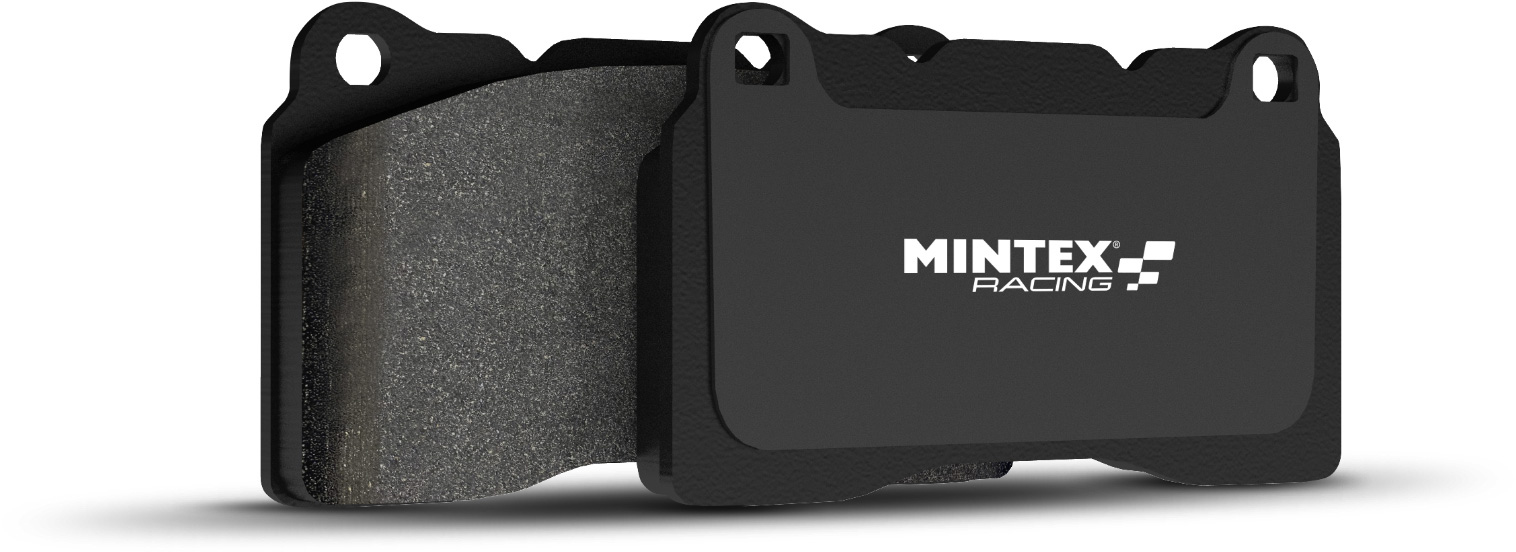
STEP ONE
Once the new pads are fitted and before moving the vehicle, ensure the brake pedal is actuated to remove any excessive pad disc clearance.
STEP TWO
As both materials have similar conditioning requirements the same procedure can be utilised for all three compounds.
MRM 1801 (FR)
On a clear section of road without endangering other users perform ten medium pressure brake applications from a speed of 60-20mph. Between each snub a time interval of ~40 secs should be maintained.
MRM 1802
On a clear section of road without endangering other users perform ten medium pressure brake applications from a speed of 60-20mph. Between each snub a time interval of ~40 secs should be maintained.
MRM 1805
On a clear section of road without endangering other users perform ten medium pressure brake applications from a speed of 60-20mph. Between each snub a time interval of ~40 secs should be maintained.
STEP THREE
After the tenth stop the brakes should be allowed to cool before commencing further driving.
The above procedure is only effective when replacing new pads and new discs, if retained (worn) discs are utilised the procedure will require extending by an undeterminable number of brake applications.
NEVER drag the brakes or try driving the vehicle with the brake pedal actuated, as this will adversely impair the performance of the friction material.
M1144 M1155 M1166
Bedding Procedure
STEP ONE
Once the new pads are fitted, apply the brake pedal at crawling pace to establish the brake system is working correctly.
STEP TWO
Start the bedding process with 3 – 4 light applications of the brake pedal from 30mph to 10 mph.
STEP THREE
Follow the below steps according to which material you have fitted.
M 1144
7 Medium Brake Pedal Pressure applications from 70mph – 30mph
M 1155
8 Medium Brake Pedal Pressure applications from 90mph – 30mph
M 1166
7 Medium Brake Pedal Pressure applications from 70mph – 30mph
When carrying out the bedding process do not trail brake, left foot brake or allow the vehicle to come to a complete stop. To do so may hinder the future performance of the material.
Once the process is complete, allow the brakes to completely cool before returning to the circuit.
M 1144
Bedding M1144 compound for road use.
To optimise the braking performance of your new M1144 performance road brake pads you must allow for a ‘bedding in’ process as the new brake pad friction material has to condition its self with the brake discs on your vehicle.
Generally in normal driving conditions the M1144 pads will require approximately 200 miles to become fully conditioned. During his period we recommend that you avoid hard or aggressive braking.
Note: Excessive brake during the bedding period can cause the friction material to overheat resulting in glazing of the pad face and effect the overall braking performance.
If your vehicle is not used on public highways then please see our Racing bedding procedure.

F SERIES

F SERIES PROCEDURE
STEP ONE
Introduce temperature into the new pads by 12 – 24 short hard applications in a low gear to ensure input is limited.
STEP TWO
Accelerate to a high rpm and apply the brakes in a short hard application, then accelerate back to the higher rpm. Repeat this 8-10 times.
After these steps a lap can be driven to test the brakes. If necessary the entire process can be repeated to gain a better feel. On Returning to the pits the brakes should be allowed to completely cool. When carrying out the bedding process, do not allow the brakes to drag or bring the car from a very high speed to a very low speed or stop. To do so may result in damage to, or failure of the brake system.
BEDDING AGAINST A NEW DISC
The F series compounds contain special Sub Strata Fillers (SSF’s); these replace ferrous particles dislodged from the disc (Rotor) under severe braking. This leaves the disc with a high polished finish, which provides better brake control and modulation (brake feel).
Used against a new disc, SSF can act as a ‘Carbon Stripper’ and therefore it is necessary to condition a new disc with a different friction material (F4 is recommended but other high friction materials can be used) Once this coating has been transferred, follow the bedding procedure for the used disc.
Note. Failure to follow the correct bedding procedure may result in sub-optimal brake performance.



